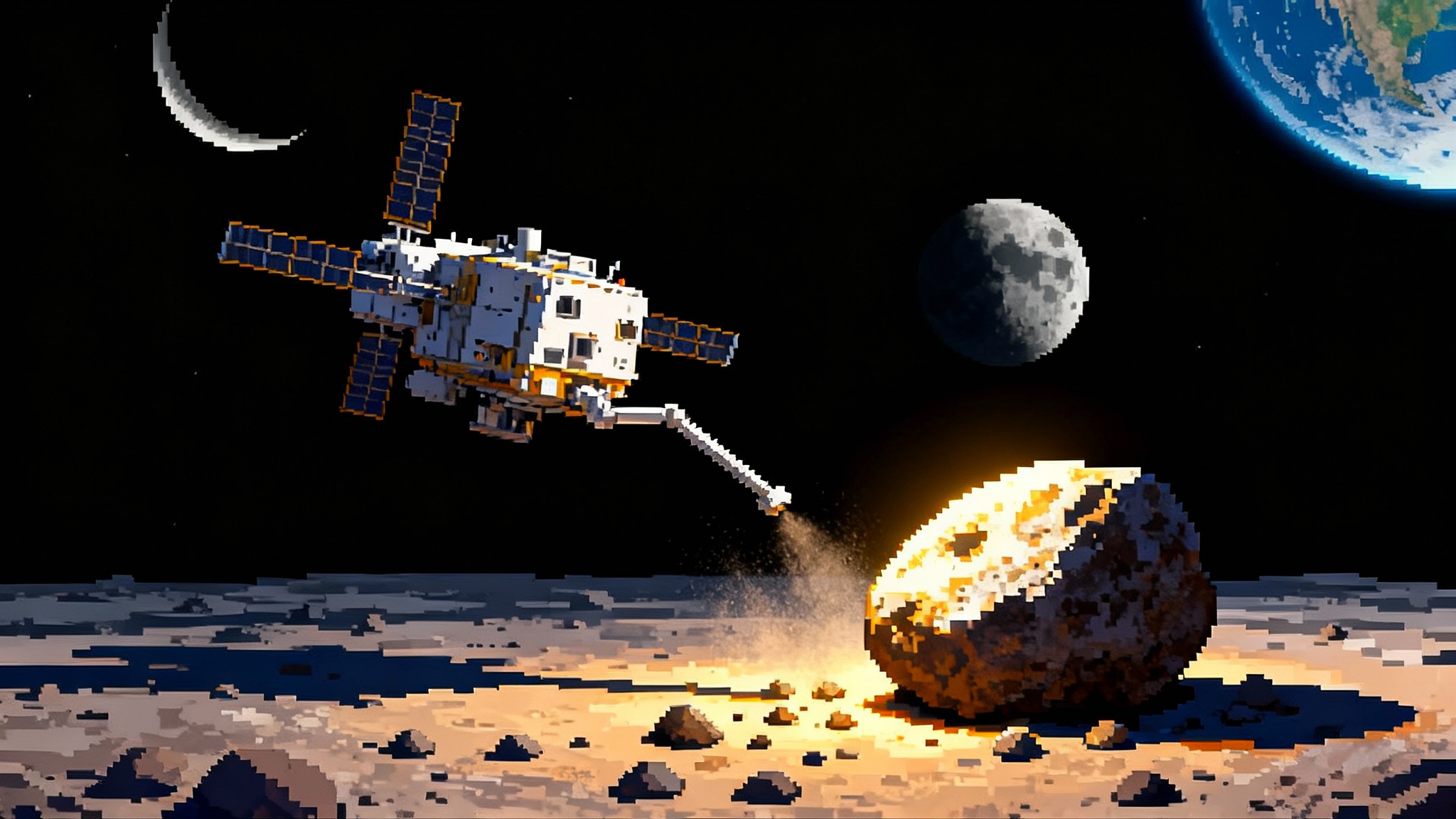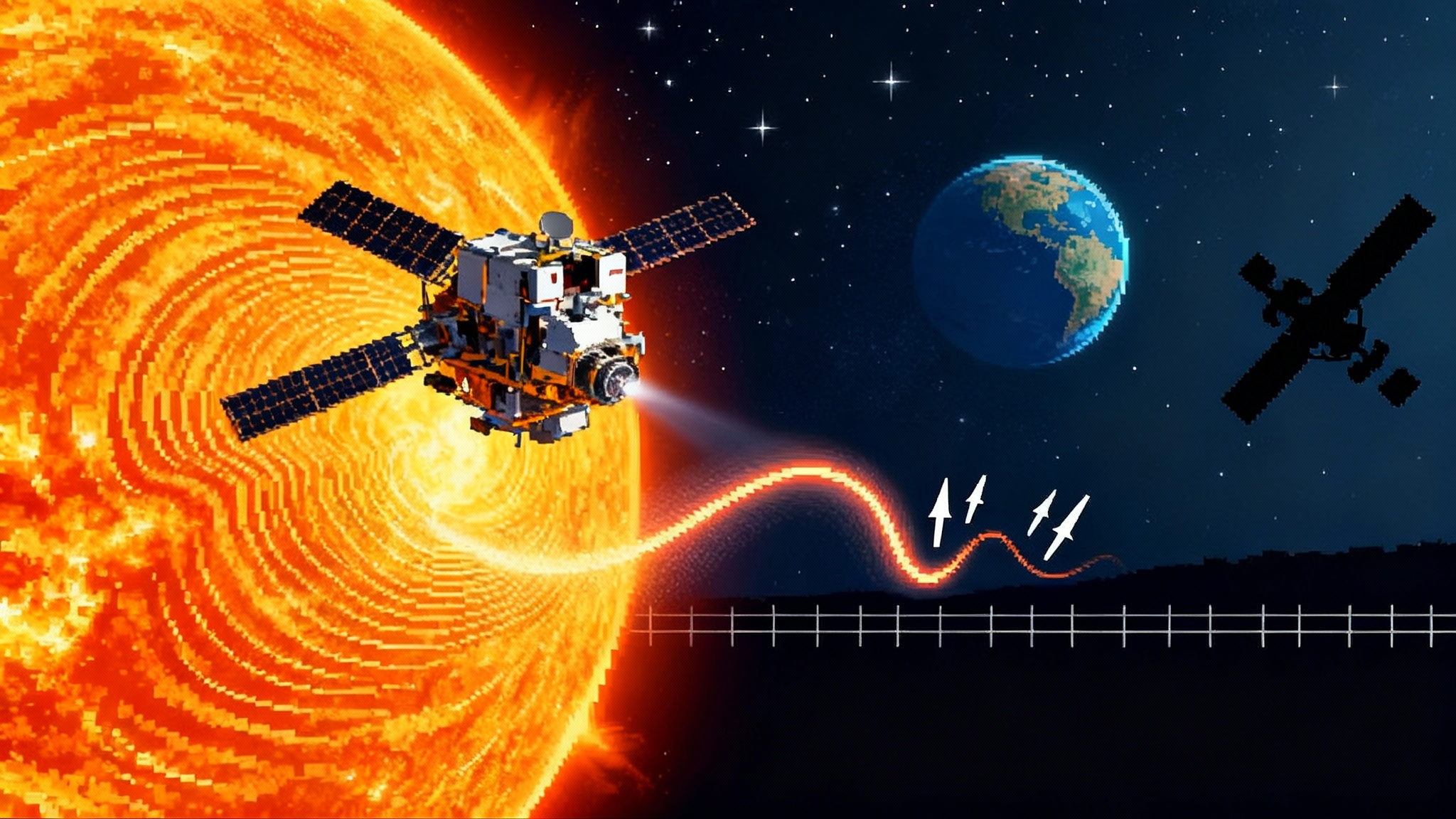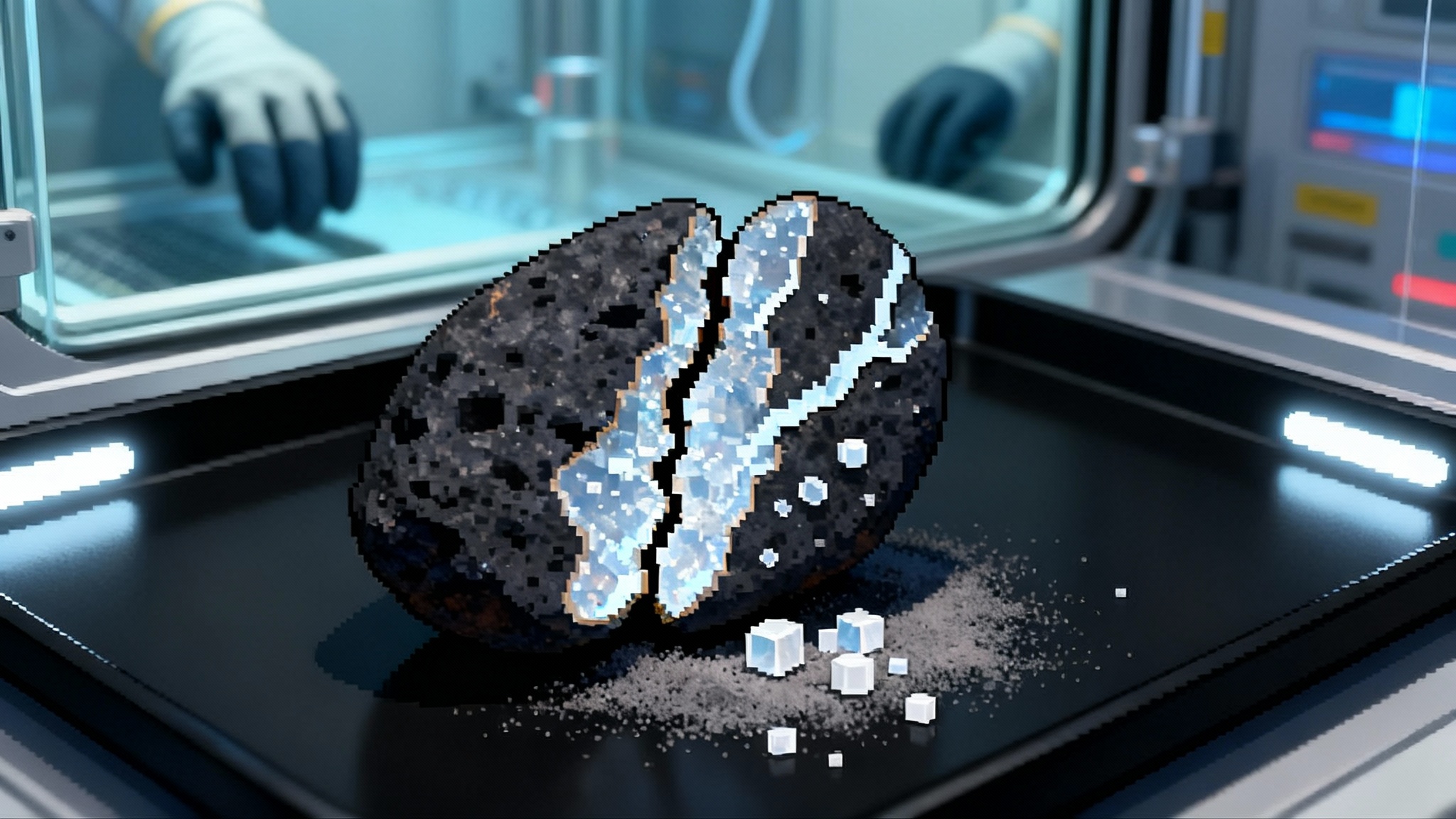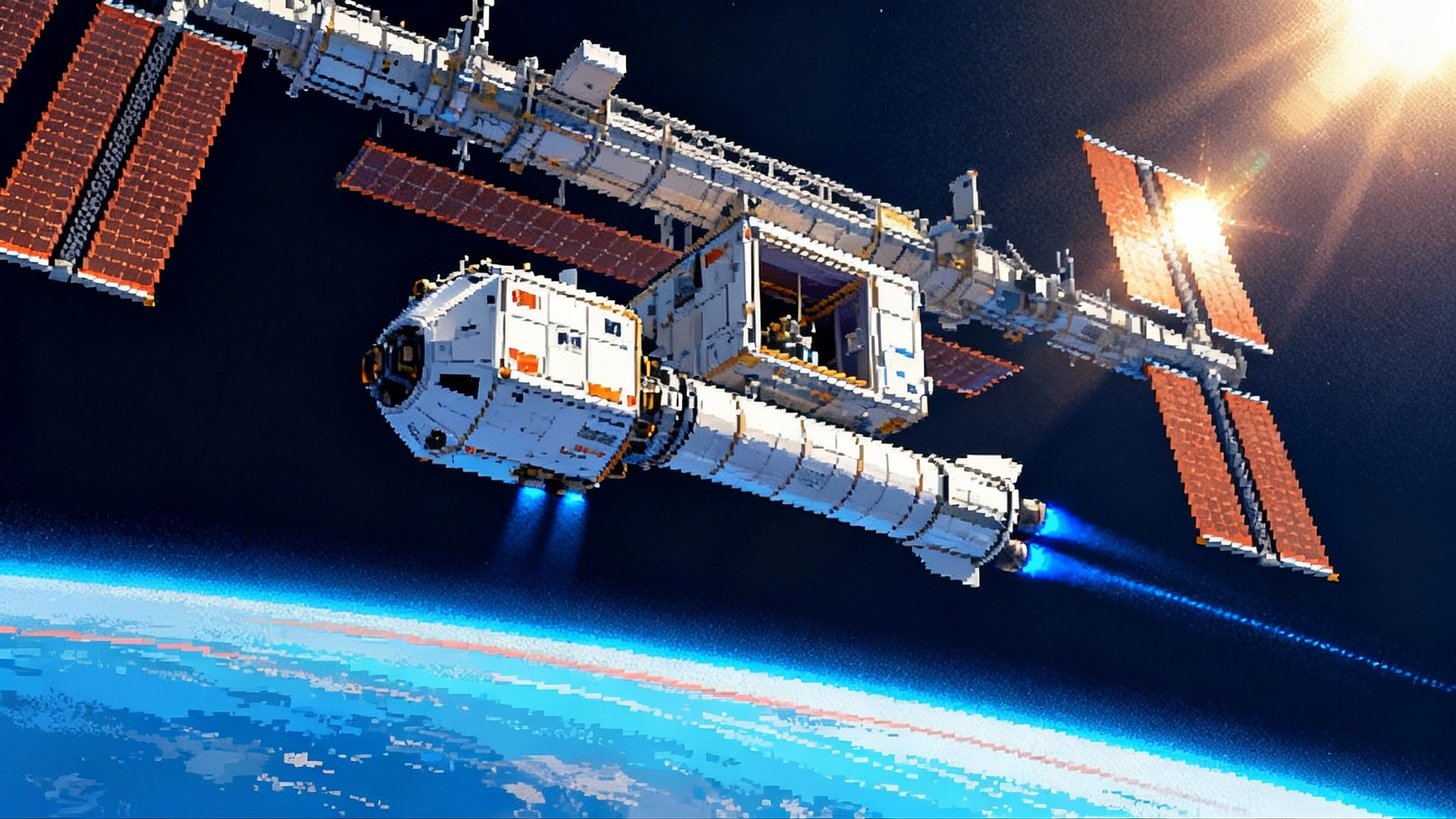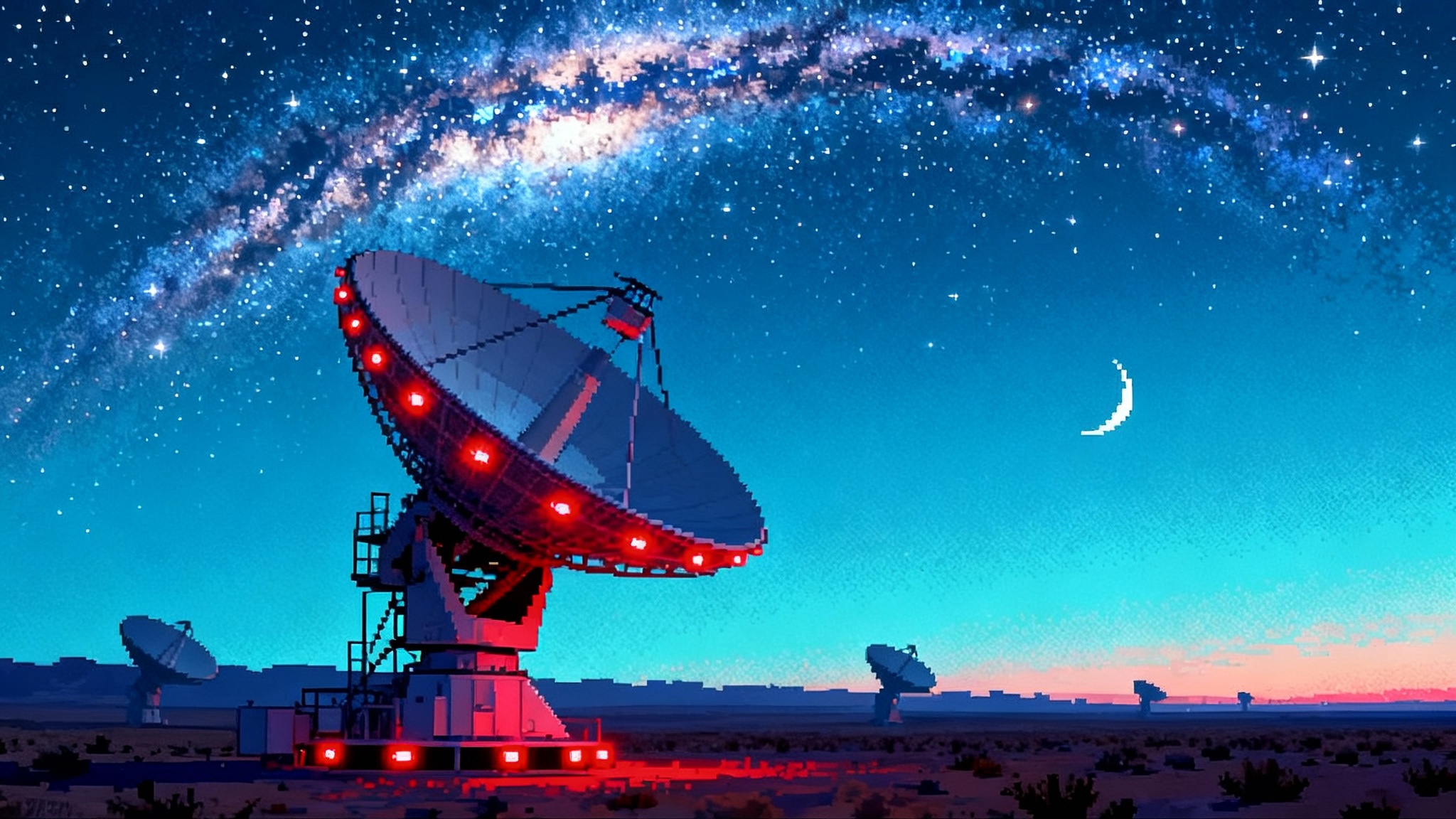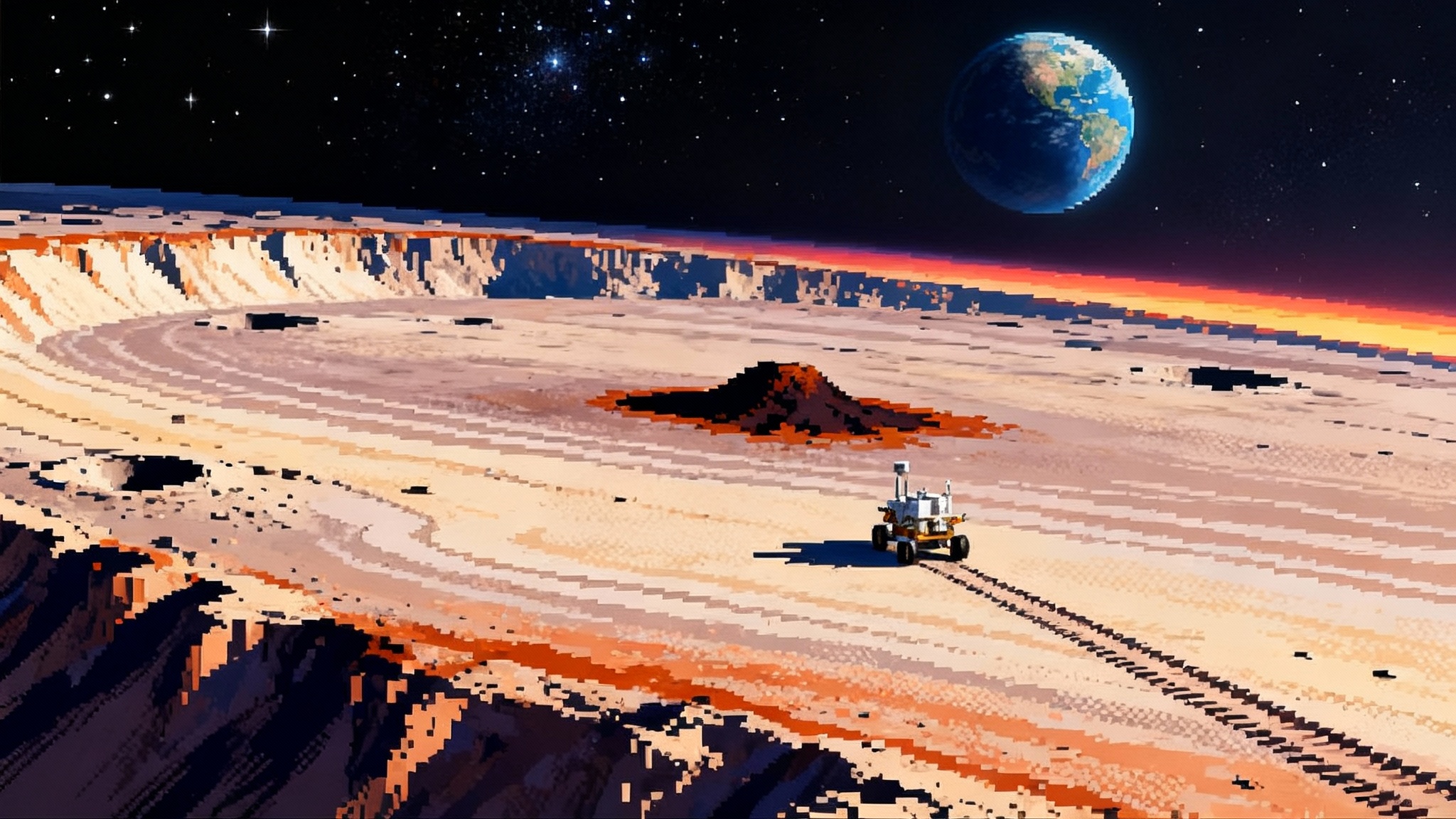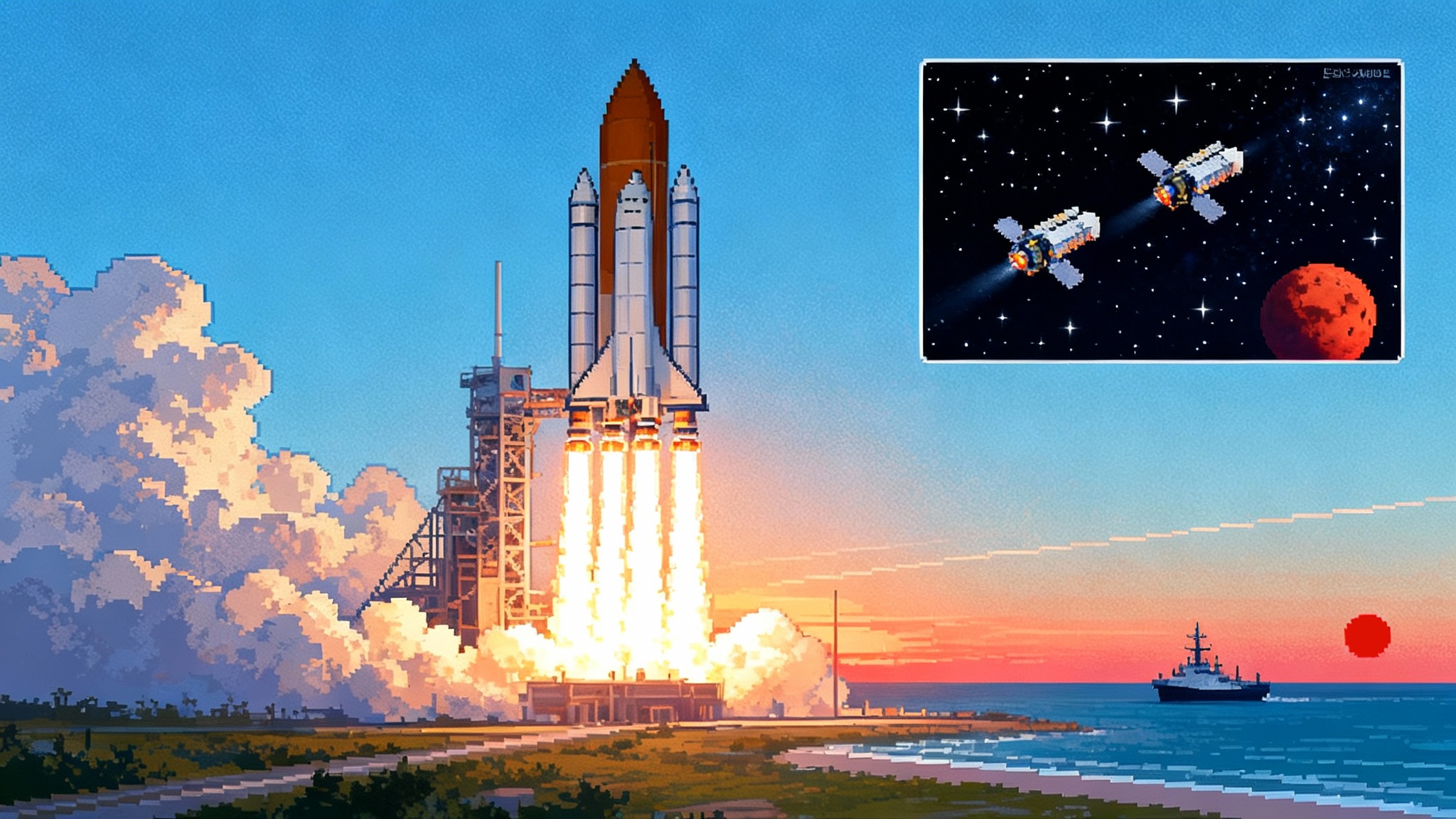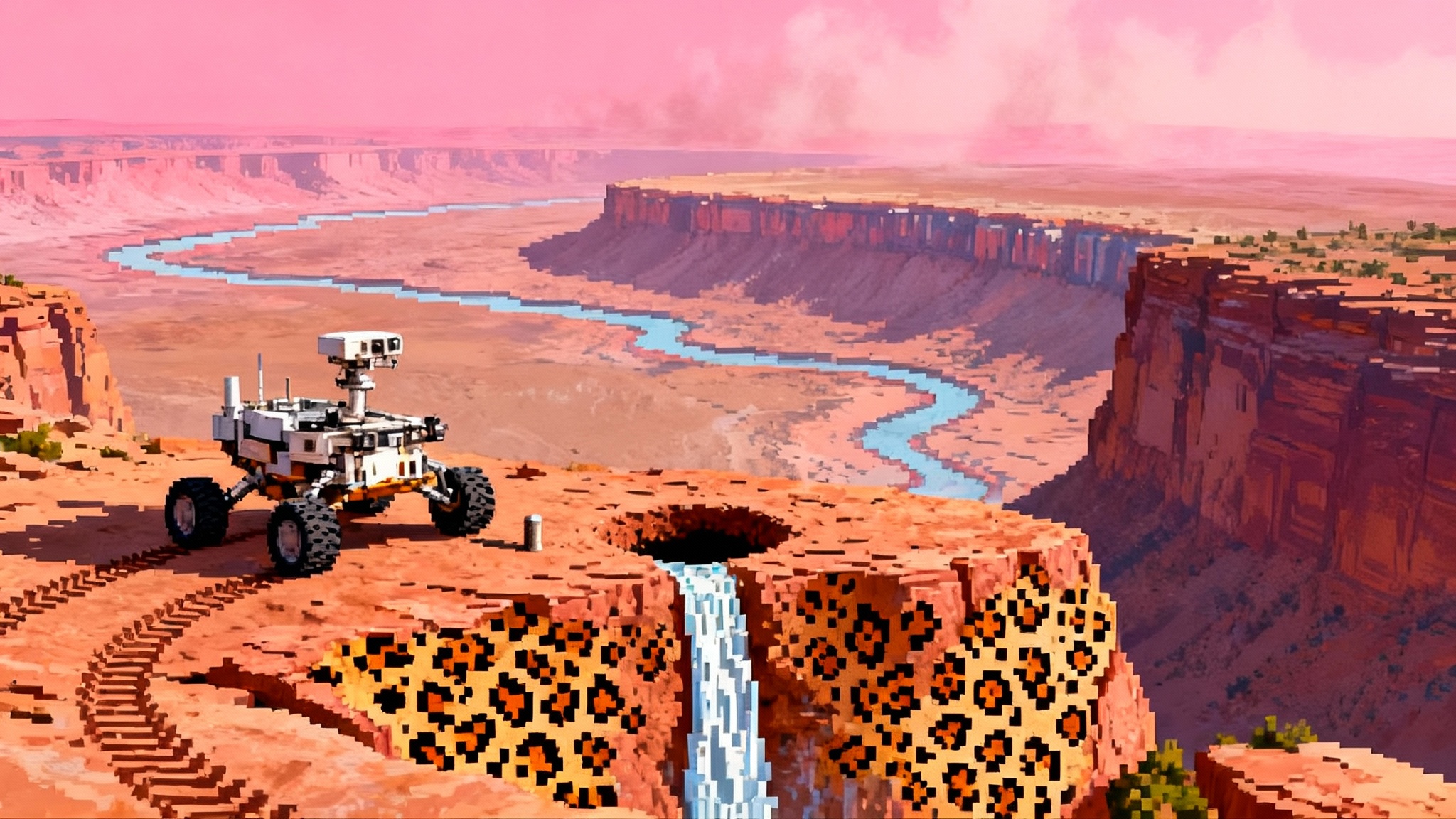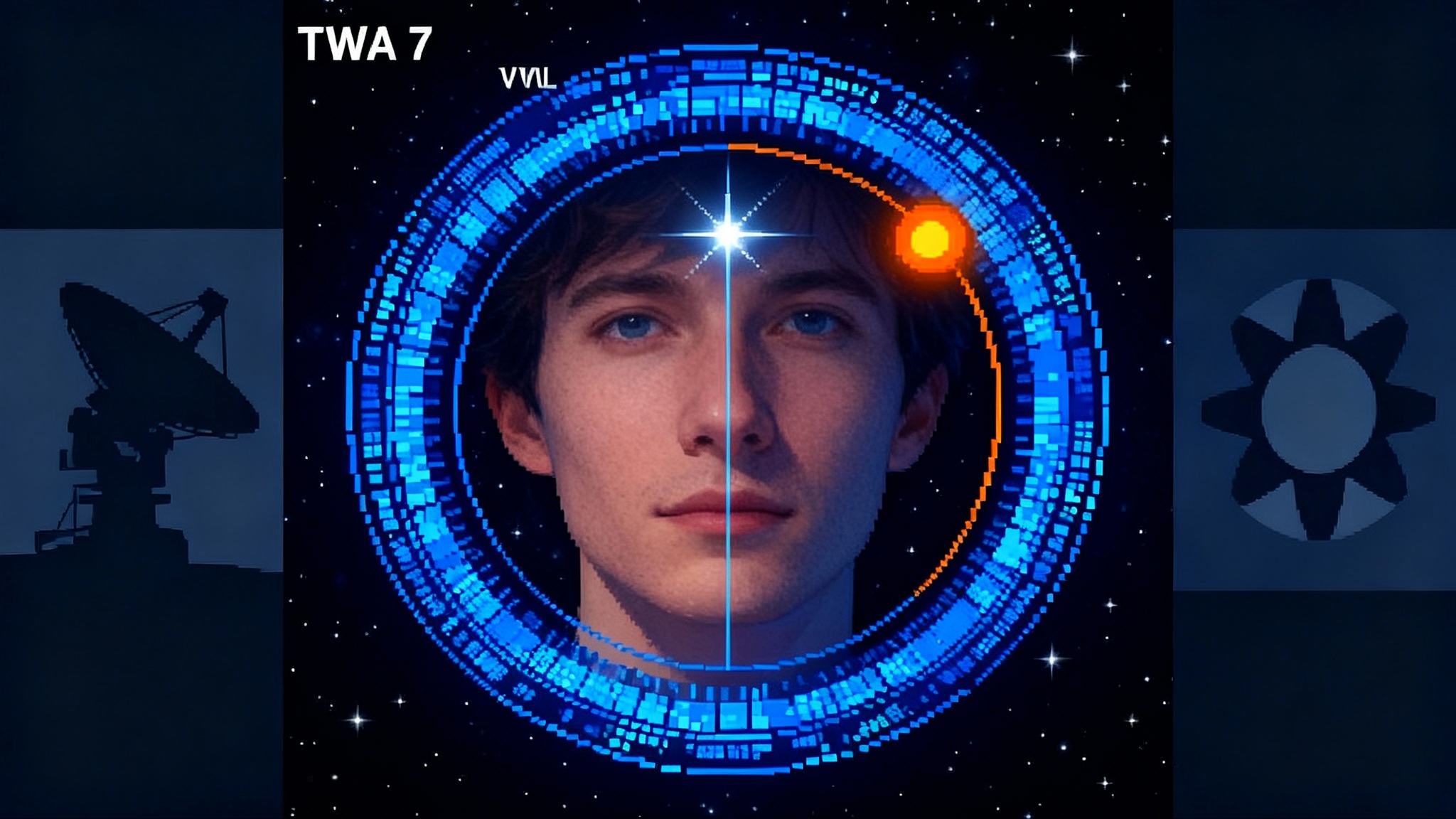Euclid’s first sky map opens the dark universe to all
On March 19, 2025, ESA's Euclid released Quick Data Release 1, a deep sampler of images, spectra, and catalogs. We unpack what is in Q1, how to access it, early science highlights, and what to watch before DR1 in 2026.
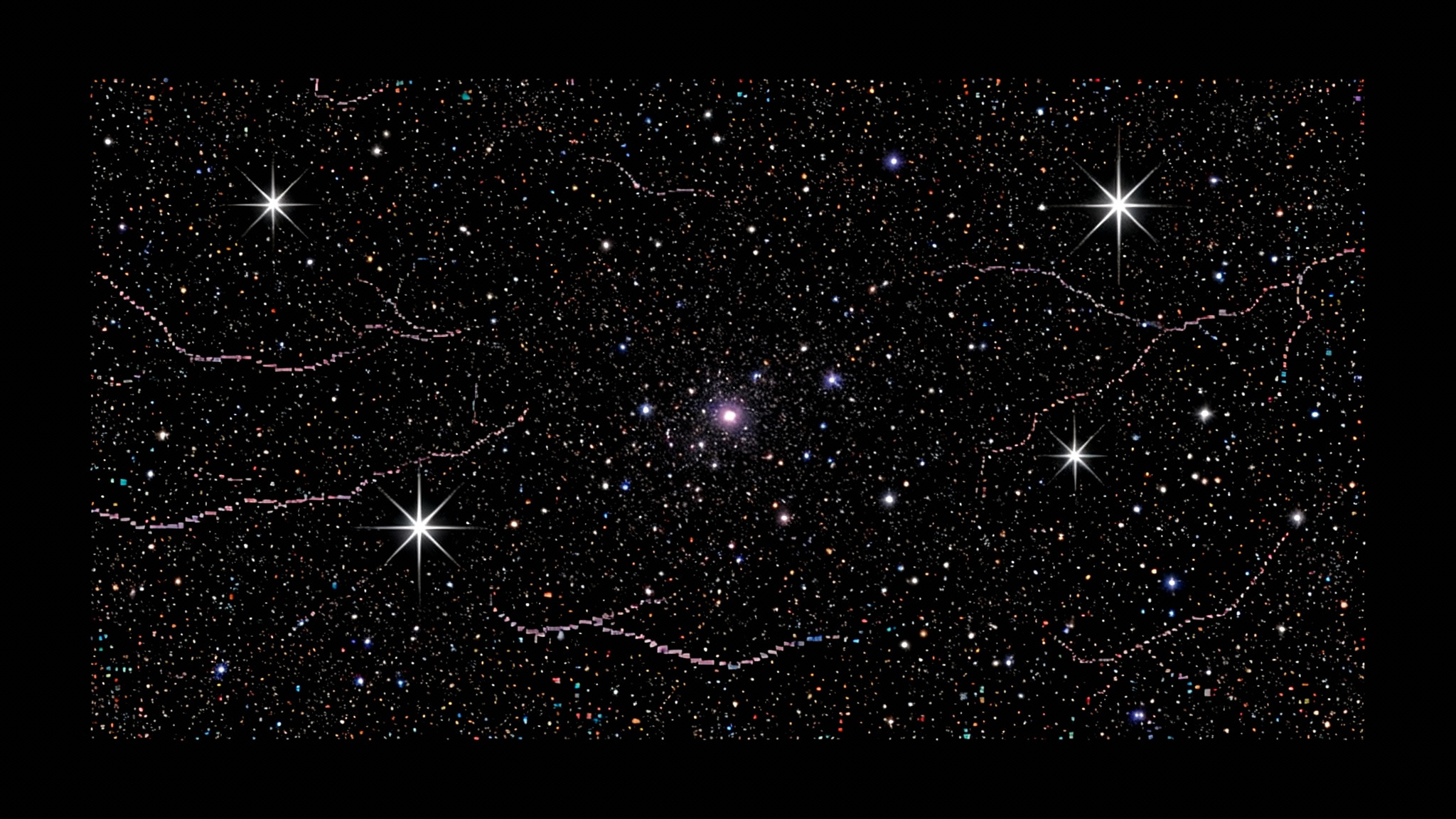
A public doorway into the dark universe
On March 19, 2025 the European Space Agency's Euclid mission opened its first public data set, Quick Data Release 1, or Q1. Think of it as a high fidelity sneak preview of the grand cosmological atlas Euclid will assemble over the next few years. Q1 contains deep mosaics of three Euclid Deep Fields, millions of sources with measured colors and redshifts, and a surprising calibration field in Orion. It is deliberately broad rather than perfect, designed to spark immediate science. The Euclid team says as much in its own announcement, which details the content and scope of the release for anyone who wants to dive in today (Euclid opens Q1 to the public).
Euclid launched in 2023 to map the geometry of the cosmos and trace the cosmic web shaped by dark matter and dark energy. It does this by imaging billions of galaxies and measuring subtle statistical distortions in their shapes and positions. Q1 is the first taste of that future. It is not a cosmology release, which will require larger areas and extremely uniform calibrations. It is a broad sampler that puts a professional grade dataset into the hands of anyone with a laptop and a little curiosity.
What is inside Q1
Q1 spans 63.1 square degrees across the Euclid Deep Fields North, South, and Fornax, with one visit to each. That is a tiny fraction of Euclid's eventual footprint, yet big enough to hold tens of millions of detectable objects. The release includes roughly 26 million detections, with stars, galaxies, strong lens candidates, galaxy groups, and clusters peppered through the images. The three deep fields sit near the ecliptic poles and in Fornax, so they are accessible most of the year and will be revisited often across the mission.
Instruments and inputs
- VIS: Euclid's optical imager that captures very sharp visible light images. These images drive the shape measurements needed for weak gravitational lensing studies.
- NISP: The near infrared spectrometer and photometer that provides three near infrared bands for photometry, and slitless spectra for hundreds of thousands of sources per pointing.
- Ground based imaging: Calibrated mosaics in several optical bands from partner observatories, giving the u to z color coverage that improves photometric redshifts.
Science ready data products
- Calibrated single epoch frames in visible and near infrared
- Stacked mosaics per sky tile for VIS and NIR
- Near infrared spectra extracted into one dimensional products, plus 2D spectral frames
- Catalogs keyed to VIS detections that carry matched measurements in all bands
- Photometric and spectroscopic redshifts with corresponding quality flags
- Masks and maps for coverage, point spread function characterization, and variance
A bonus field in Orion
During commissioning Euclid observed part of Lynds Dark Nebula 1641 in the Orion A cloud as a guiding and calibration target. Q1 makes that data public too. It is an unusual inclusion for a cosmology mission and a gift to star formation researchers who can now compare Orion's embedded young stars and filaments in coordinated visible and infrared light.
The first wave of papers
Because Q1 was designed to be immediately usable, early science came quickly. The first wave of studies focuses on the kinds of structures Euclid is built to find at scale:
- Strong gravitational lenses: Teams are already trawling the mosaics for classic arc and ring morphologies that arise when a massive galaxy or cluster bends light from a more distant source. These lenses are more than striking images. They are precision probes of mass profiles and time delays, and they flag rare, very high redshift background galaxies that are otherwise hard to see.
- Galaxy clusters and groups: Dense over densities stand out in the deep field mosaics and in the photometric redshift catalogs. With full sky coverage, Euclid aims to assemble an exquisitely calibrated cluster sample for cosmology. Q1 offers an early look at the selection, richness estimates, and follow up strategies.
- The cosmic web: Even within 63 square degrees you can trace the foam like pattern of walls, nodes, and filaments. By cross matching Q1's photometric redshifts with existing spectroscopic surveys, teams are mapping filaments and feeding structures around clusters, then comparing to simulations to validate the pipeline and modeling assumptions.
All three threads are warm ups for Euclid's core science: measuring how structure grows with time under the competing influences of gravity and dark energy. Q1 lets researchers test lens finding algorithms, cluster selection functions, and filament mapping tools on real data, so when much larger areas land in DR1 the community's methods are battle tested.
Why this wide and fast survey matters right now
Q1 arrives at an inflection point for space astronomy. Hubble has shifted to one gyro operations to preserve life, which reduces its agility and the number of observations it can pack into a year. The telescope remains scientifically potent, but it will spend more time slewing and scheduling around its pointing constraints. That makes wide, regular, uniform surveys like Euclid even more strategic. Euclid can tile huge areas quickly and consistently, then hand off selected targets for deep, targeted follow up with Hubble, JWST, and large ground based telescopes.
Speed and uniformity are not just conveniences. They are the core ingredients for precision weak lensing, galaxy clustering, and cross correlation science. For example, lensing based constraints on matter clustering require shape measurements for hundreds of millions of galaxies with stable, well modeled point spread functions. Galaxy clustering constraints on the distance scale rely on clean, homogeneous selection over wide sky areas so that subtle features in the correlation function are not swamped by spatial systematics. Q1 lets analysts probe those systematics now, under realistic conditions, on a field layout and observing cadence that looks like the mission's wide survey.
How to mine the Euclid open archive today
The public Q1 holdings are accessible through the Euclid Science Archive in the Euclid Data Space, which supports web based discovery, programmatic queries, and a cutout service for mosaics (Euclid Data Space data discovery page). Below is a quick, pragmatic path to first results.
- Decide your entry point
- Web GUI: Browse the collections for Q1, filter by field, product type, and sky tile. The preview panel shows footprints and quality indicators. Use the cutout service to pull postage stamps around coordinates or catalog sources without downloading full mosaics.
- Programmatic access: Use astroquery's euclid module from Python or connect via Virtual Observatory protocols. The archive supports TAP, so ADQL queries run directly on the server and return FITS, VOTable, or CSV.
- In situ analysis: Large mosaics can be heavy. If download bandwidth is a constraint, do first pass work inside ESA's Datalabs environment so you only move distilled results.
- Pull a test catalog with ADQL
Run a simple cone search on the merged catalog in the Euclid Science Archive. Replace the RA and Dec with your target and the radius to your desired size.
SELECT TOP 1000 source_id, ra, dec, vis_mag, nir_mag_y, z_phot
FROM q1.mer_catalog
WHERE 1=CONTAINS(
POINT('ICRS', ra, dec),
CIRCLE('ICRS', 53.0, -27.9, 0.2)
)
AND z_phot BETWEEN 0.5 AND 1.2
ORDER BY vis_mag ASC;
This pulls the 1000 brightest VIS detections near a Fornax field coordinate and keeps only sources with photometric redshifts between 0.5 and 1.2. Use the returned source identifiers to fetch cutouts or spectra through the DataLink interface.
- Fetch a spectrum for a candidate
Once you have a likely emission line galaxy from the catalog, query the spectroscopic tables for a matching entry, then call DataLink to retrieve the 1D spectrum. A quick Gaussian fit to the dominant line will give you a redshift guess, which you can compare to the catalog's photometric estimate.
- Build a lens finder in an afternoon
Start by training a simple convolutional neural net on cutouts around known lenses from previous surveys, then apply it to Q1 VIS mosaics. Use the catalog's shape parameters to pre select high ellipticity sources and flag those near massive galaxies. You will generate false positives and that is fine. The point is to make a short list for visual inspection and for targeted follow up with higher resolution instruments.
- Cross match to add leverage
For clusters, cross match Q1 photometric redshifts with existing X ray catalogs or Sunyaev Zel'dovich detections. For filaments, combine Q1 with spectroscopic redshifts from ongoing surveys to anchor structures in three dimensions. The archive's standard coordinate systems and VO support make this less painful than it sounds.
A small tip from users already in the trenches: learn the masks early. Coverage, photometric quality, and PSF maps matter as much as the flux measurements if you want results that hold up under scrutiny.
What Q1 already tells us
Euclid's images are clean, the point spread function is stable, and the pipelines are already delivering high quality photometric redshifts for the kinds of galaxies that dominate lensing samples. The slitless spectra are busy and require care, but they enable redshift estimates for emission line galaxies that are bright enough and sparsely blended. The merged catalogs behave as advertised. They are the right starting point for lensing shape measurements, clustering analyses, and searches for rare objects.
Q1 also validates the cadence and targeting strategy for the Euclid Deep Fields. These fields will be revisited, so variability studies and deeper stacks are on the horizon. For teams building time domain pipelines, Q1 is the sandbox to test alignment, differencing, and artifact rejection against the exact instrument behavior they will see again.
Synergies to exploit now
- JWST: Euclid is a finder scope for JWST. Use the wide area coverage to curate lists of high redshift galaxy candidates and spectacular lenses, then request JWST time for deep spectroscopy and imaging. JWST can resolve star forming clumps, measure metallicity gradients, and slice the interstellar medium of galaxies that Euclid flags across a representative cosmic volume.
- Hubble: With one gyro operations, Hubble's queue favors longer dwell times and more constrained slews. Euclid can identify the high value fields where Hubble's ultraviolet imaging or high resolution optical spectroscopy still provides unique leverage, for example to measure recent star formation in cluster cores or to break lensing time delay degeneracies with precise light curves of lensed supernovae.
- Ground based surveys: Pair Euclid with the Rubin Observatory's LSST for superb optical color baselines and time domain context. Cross calibrate photometry to attack systematics in weak lensing shear. Combine with DESI and 4MOST spectra to anchor the redshift distribution of lensing source galaxies and to refine baryon acoustic oscillation measurements.
Looking ahead to DR1 in October 2026
The next major public release, DR1, is scheduled for October 2026. DR1 will be far larger in area, deeper in coverage of the deep fields, and more uniform after extra calibration passes. Expect several things to mature by then:
- Cosmology grade weak lensing catalogs with robust shape measurements and carefully validated systematics budgets
- Large scale clustering measurements that lock down the distance scale through baryon acoustic oscillations and cross check lensing based growth measurements
- A dramatically larger sample of strong lenses with cleaner selection functions, ready for time delay monitoring and high resolution follow up
- Cluster catalogs with improved mass proxies, primed for cross correlation with X ray and microwave surveys to extract pressure profiles and baryon fractions
By DR1 the community will also know which pipelines and calibration strategies survived stress tests on Q1. Software stacks will be in better shape, and collaboration playbooks with JWST, Hubble, Rubin, and DESI will be better tuned. That is exactly why Q1 exists. It lets everyone fail fast in a safe sandbox, improve, and be ready to convert DR1 into high precision science.
Practical advice for newcomers
- Start small. Pull a 0.5 degree patch and learn the catalog schemas before scaling to full mosaics.
- Respect the masks. Many early hiccups trace back to ignoring coverage and quality maps.
- Keep an eye on updates. The archive team refines documentation and examples as users learn. Re check the Explanatory Supplement if something feels off.
- Share your notebooks. The fastest way to learn is to see how others solved the same problem. Public repos that document ADQL queries and cutout recipes will raise the waterline for the whole community.
Related reading on The Relay
- Explore heliophysics synergies in the Parker Solar Probe flyby
- See how sample returns recalibrate science priorities in OSIRIS-REx Bennu samples
- Compare cross mission coordination lessons in Chang'e-6 south pole lessons
The bottom line
Q1 is the moment Euclid goes from promise to practice. It delivers a carefully assembled bundle of images, spectra, and catalogs that anyone can use. It arrives at a time when wide, uniform, repeatable surveys are exactly what astronomy needs, given scheduling constraints on Hubble and the growing demand for coordinated multi observatory campaigns. Use it to find lenses, weigh clusters, trace filaments, and to build pipelines that will scale to DR1 and beyond. The dark universe is still dark, but it is no longer out of reach.
